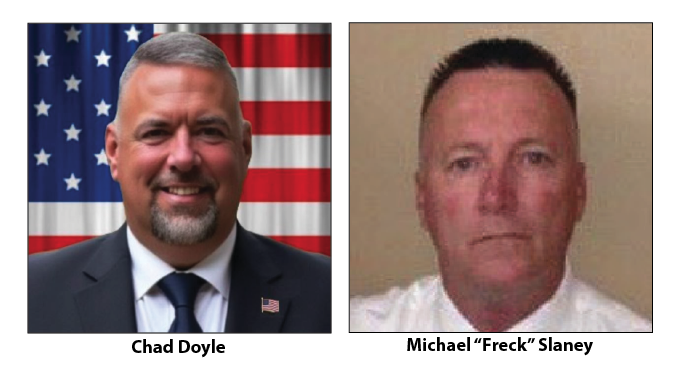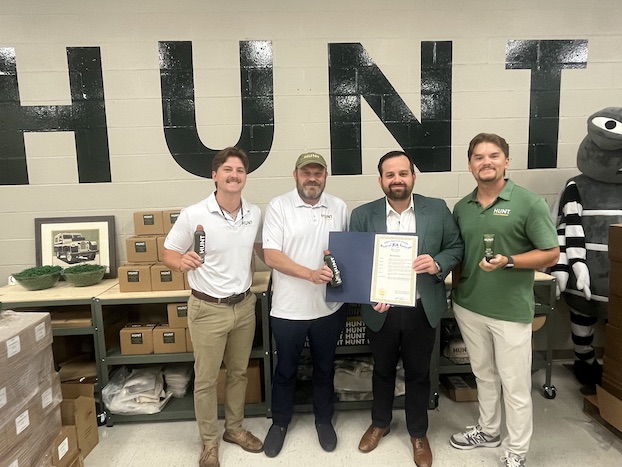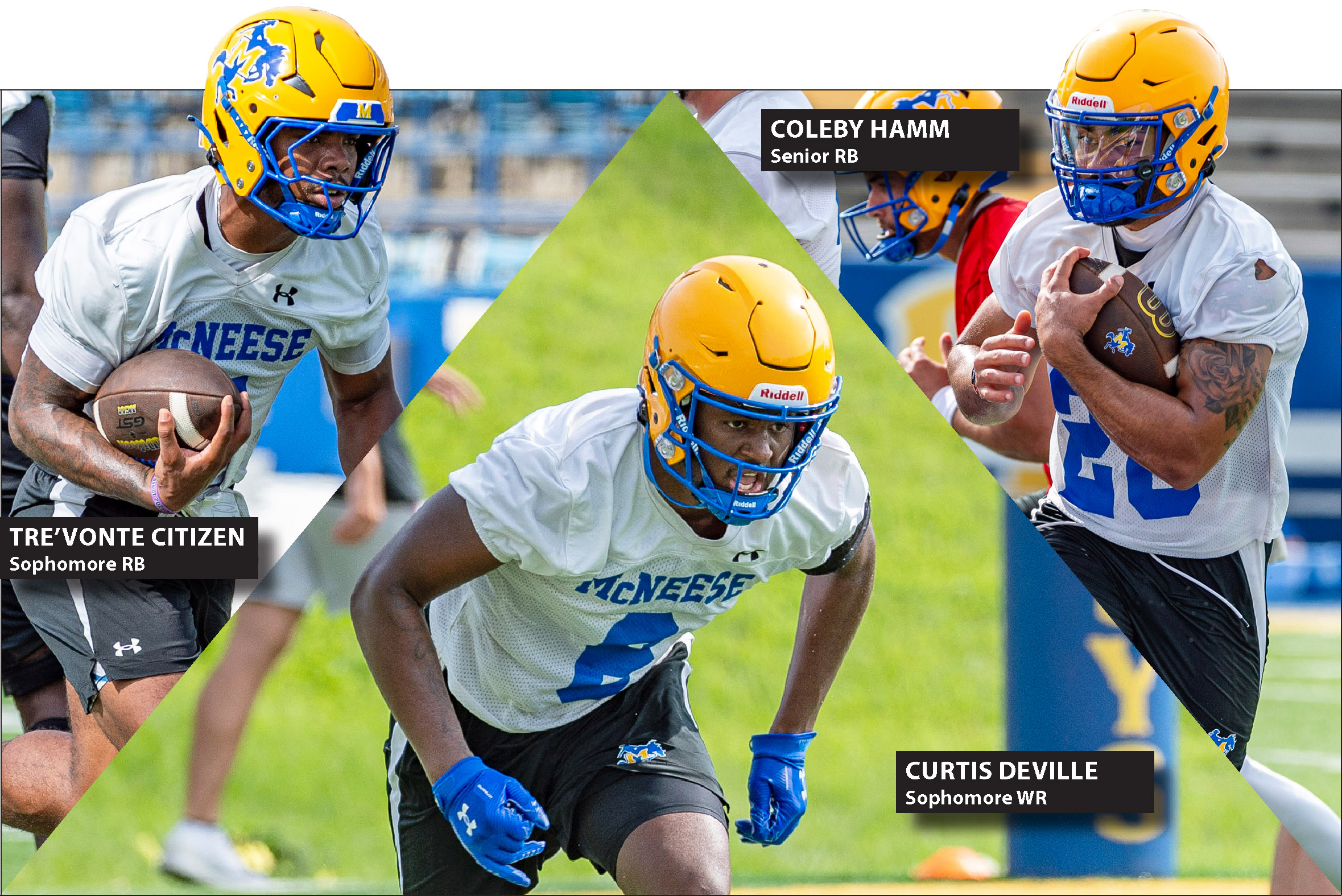Working on the front lines
Published 6:00 pm Monday, May 4, 2020
‘It’s something I hope to never, ever see again’
“It seems like we’ve been dealing with this forever,” said Teresita McNabb, vice president of nursing at Terrebonne General Hospital, a 321-bed acute care hospital in Houma.
The hospital had it’s first case of COVID-19 in mid-March. But preparations for serving infected patients began at the beginning of the month.
Trending
McNabb spoke via video with the Westlake Rotary Club recently about her experience as a health care provider during a pandemic.
“One of the things that kept me up at night was making sure our staff was protected when they took care of these patients,” McNabb said.
She said not a single one of the hospital’s 1,500 employees balked at the prospect of caring for those with the virus.
“They were going to take care of those patients, so it was our job to make sure we had them protected, which we never had to worry about before,” she said.
The hospital had treated patients in isolation for contagious disease before, but McNabb said the difference with this virus was the concern there wouldn’t be enough PPE – personal protective equipment — for the staff. The hospital ordered extra ventilators, some rented and some given by nursing schools.
“At the beginning, I never thought I’d have to participate in a committee that would consider creating a policy that would prioritize ventilator placement/use,” said McNabb.
Trending
She said she has been a nurse for 34 years, 17 of which she ran the critical care unit at the hospital.
“Never in my 34 years have we ever thought we might have to limit or triage off of ventilators,” she said. “And, thankfully, we never had to implement that concept during this pandemic.”
The hospital also stocked up on antibacterial hand gel, soap, surgical masks and the like.
“We had gracious people in our community sewing cloth masks,” McNabb said.
In anticipation of COVID-19 patients, the hospital converted their 20-bed critical care unit to all negative-pressure isolation rooms, with assistance from the engineering department, who designed a system with a fan capable of creating negative pressure. Prior to the pandemic, there were limited numbers of negative-pressure rooms, used mainly in the treatment of tuberculosis. But the 20 rooms were not enough, so a step-down wing upstairs with 28 beds were converted to negative-pressure isolation rooms, as well.
McNabb said people have compared the pressure on health care facilities now to that experienced during Hurricane Katrina when patients were evacuated to Terrebonne General from New Orleans.
“It felt like we would never go back to normal,” she said of that time. “It felt like the patients would never stop coming. The difference is that our staff could not get sick from the patients we got from Katrina.”
She said the hospital has made a consistent effort to assure staff had the personal protective equipment needed to prevent transmission of this disease and “we have been fortunate that we have not had many employees test positive. We have seen our data mirror that of what the rest of the country has seen in terms of gradual increase in cases, peaks and then a gradual decline.”
McNabb said the elderly, minorities, and patients with co-morbidities like asthma, COPD, diabetes and heart failure — which she said is a huge part of the population in south Louisiana — don’t fare well with COVID-19.
“Being a critical care nurse, I have never seen patients as sick as they were,” she said. “Young people with underlying conditions stayed on the ventilator two and three weeks.”
About one third of the patients with COVID-19 are put on ventilators, according to McNabb.
She said this past week patients who had been on the ventilators for as many as 15 days, were finally able to be taken off and some were well enough to be sent home.
“Our staff really needed to see that,” McNabb said. “It’s very discouraging when your patients don’t get better.”
Not only does the virus devastate the lungs, McNabb said some patients progressed to multi-system organ failure and for those patients, the majority needed dialysis, she said. Generally, patients on ventilators are placed on their back and a tube is placed down the throat into the lungs.
“With COVID-19, we had to put these patients on their bellies with the ventilator still in because science and research shows that it helped oxygenate their lungs better if they were face-down on the bed,” she said. The process took about six staff members, every 12 hours, to turn each COVID-19 patient onto their stomach.
McNabb said the hospital has nurses in critical care and is fortunate to be well staffed. But they still had to pull nurses in from recovery, the cath lab, surgery – anywhere they weren’t doing business.
“We had to figure out how to decrease the amount of time our staff were in the rooms,” she said. “The genius people we work with — these nurses and therapists — figured out a way to get the I.V. pumps and ventilators out of the room and still be connected to the patient.” This allowed staff to adjust settings without entering the room. Hospital engineers also designed acrylic boxes that could be placed over the patient when they were being intubated for the ventilator, to protect staff from the viral spray released from the patient’s nose and mouth. McNabb said prior to that, the hospital had purchased clear, plastic shower curtains to put over a patient to lessen the viral shedding to staff. During CPR, there was the potential for viral shedding resulting from every chest compression.
Because there were no visitors allowed, McNabb said the staff became each patient’s link with their family. Staff would update families several times a day on their loved one’s condition.
“Sadly, we did have patients pass away while they were in our care,” she said. “The staff realized that the last time they saw their family member they dropped them off to us at the E.R.. We became their family.”
The emotional exhaustion experienced by the hospital’s employees may become evident later, according to McNabb. “But they have been troopers,” she said. “I couldn’t be more proud of a group of people. Anybody who thinks that this isn’t real, and it’s really not happening, needed to just go walk through that critical care unit at the height of this. It’s something I hope to never, ever see again.”





